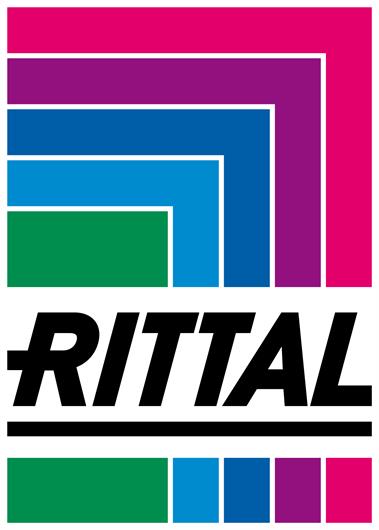 Add My Company
Add My Company

The UK's energy landscape is undergoing a huge transformation. Driven by the need to decarbonise and meet ambitious net-zero targets, the system is shifting away from its traditional centralised supply model, towards one that is increasingly fragmented and decentralised. The changes are happening as a result of the rising number of renewable energy sources which feed energy into the Grid.
But fragmentation of supply isn’t the only pressure the energy sector faces. It is also having to mitigate for a rising end-user demand for electricity, driven by the use of lower-carbon technology from electric cars to heat pumps.
In effect, we are now living with a far more dispersed, fluid energy landscape, requiring a flexible, agile approach to energy management and distribution.
Finding a way to optimise this new energy paradigm is clearly going to be challenging, but a key element has been to establish a closer link with the consumer to understand usage and usage patterns.
The Grid is investing in a data-driven, technological approach, which takes the information on usage patterns and from there, develops more sophisticated techniques for creating predictive models. These models should forecast demand such that the system can provide customers with access to electricity when they need it to ensure a consistent supply and maintain an acceptable price point. .
Welcome to the new era of smart grids.
From Centralised to Decentralised: A Balancing Act
Until relatively recently, the UK relied on a centralised energy model where large power plants, fuelled by fossil fuels, fed electricity into the National Grid for transmission and distribution to homes and businesses. However, the rise of renewable energy sources introduced a new dynamic, creating multiple localised power grids all of which need to be integrated into the system.
The output from these disparate sources is inherently variable depending, as it does, on weather conditions (i.e. whether the sun will shine and the winds will blow). Meanwhile, as we’ve indicated, demand for electrical energy has risen as our population levels increase and more low-carbon technologies come online.
This combination of rising consumption and fluctuating generation levels makes balancing the supply/demand curve extremely challenging.
The Rise of the Smart Grid
A smart grid is essentially an intelligent electricity network that uses data and digital technology to optimise energy delivery. It’s reliant on:
Energy storage: Technologies like batteries and hydrogen storage are helping to buffer the gap between periods of high renewable energy production and peak demand.
Smart meters: These devices collect real-time data on end-user energy consumption.
Data analytics: Advanced data analysis helps predict energy needs and optimise generation and distribution.
AI/machine learning: These technologies support more efficient grid management by pattern-matching data and predicting/anticipating changes in demand and supply.
As a consequence of better modelling and understanding of supply and demand, smart grids are helping to facilitate greater use of renewable energy sources. By accessing energy that has been captured and stored at source, rather than relying on the utility grid, the grid can create a throughput of renewably generated electricity. It allows the growing capacity of our low-carbon energy sources to better able to meet demand and delivers cleaner power without pollution or noise.
The smart grid has other benefits too. Customers can choose to consume their electricity at off-peak times, thus avoiding higher (peak rate) electricity tariffs. It also cuts suppliers’ operating costs, optimising energy flows, lowering energy waste, and improving overall system efficiency.
In essence, by connecting battery technology to smarter transmission and distribution methodologies we have an opportunity not just to lower fossil fuel consumption but also increase our use of renewable energy.
Challenges and Looking Ahead
The transition to a smart grid presents some challenges.
Upgrading existing infrastructure to accommodate smart grid technologies requires significant investment, while a more connected grid inevitably increases the risk of cyberattacks.
Despite these challenges, the UK is actively pursuing a smart grid strategy. Our clean energy transition hinges on our ability to balance a growing demand for electricity with the integration of variable renewable energy sources. Smart grids, with their advanced functionalities and data-driven approach, are key to achieving this balance.
As the UK continues to invest in smart grid technologies, we can expect a more efficient, flexible, and sustainable energy system for the future.
For more information on The UK's Power Shift: Balancing Renewables with a Smart Grid talk to Rittal Ltd

